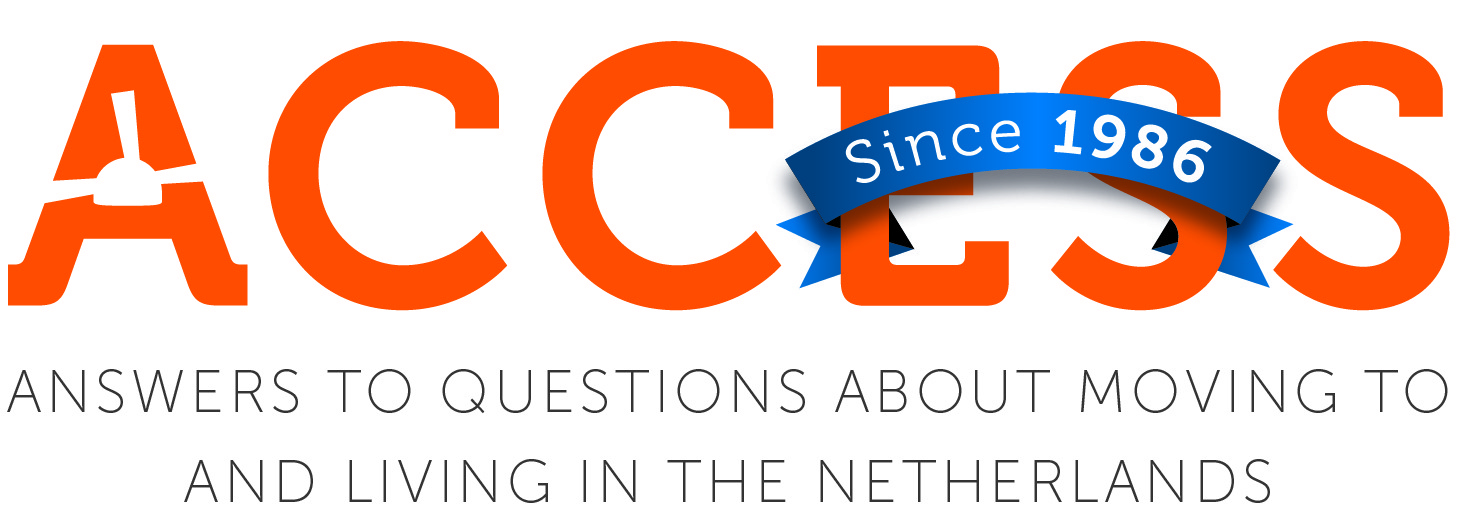The most common type of bicycle is the omafiets (grandma bike). However, you will see a lot of other types of bikes, including the following: stadsfiets (city bike), sportfiets (sport bike), elektrische fiets (electric bike), bakfiets (cargo bike), and mopeds.
Grandma bikes and city bike are most often used for everyday trips, including going to school and/or work, and running errands around town while a sport bike is a more convenient bicycle for longer trips.
An ATB (All Terrain Bikes) is most convenient for those who bike on difficult terrain. A special type of ATB is the MTB (mountain bike), which is not often used in the Netherlands because of its flat terrain, but it is convenient for cycling in the mountains.
An electric bike offers the possibility to get trapondersteuning (electric support while cycling). It is especially useful when it is very windy because you do not require as much strength for pedalling. Trapondersteuning means that you have to bike yourself, but the electric motor will support you. Depending on the type of electric bike, you can choose between no support, little support, average support or a lot of support.
A moped is a snorfiets when it has a light blue licence plate. A bromfiets rides on the roadway and can reach a maximum speed of 45 km/h. They have a yellow licence plate. By law, children younger than 8 years old can be passengers on a moped only when they are provided with a proper, safe seat that gives them adequate support for their back, hands and feet. It is not permitted to hold a mobile phone while operating a moped or any other electronic device. You are only allowed to use any device handsfree. This also applies to pedestrians . If you ignore this rule, you may get a fine.
Cargo bikes or bakfietsen are transport bikes with three wheels and a large front bucket. It is common to see parents transporting children around because the box is low to the ground making it is easier to transport more weight.
There are also four-wheeled vehicles, but they are not allowed on bike paths and have to follow the same rules as mopeds. They look like small automobiles and must have an overall weight of less than 350 kg (excluding the weight of the battery in electric vehicles). They can reach a maximum of 45 km/h and can be distinguished by their small size and a 45 km/h sticker that is displayed on the back of the car.

